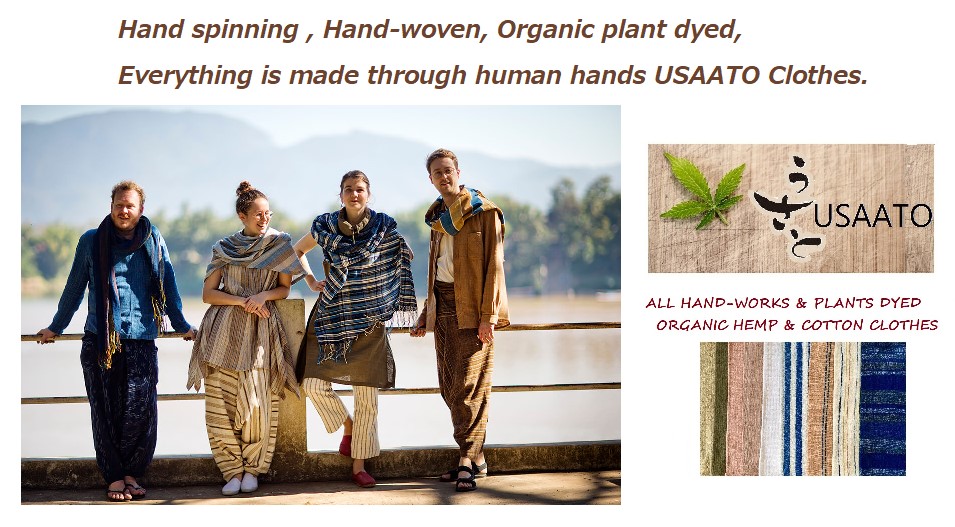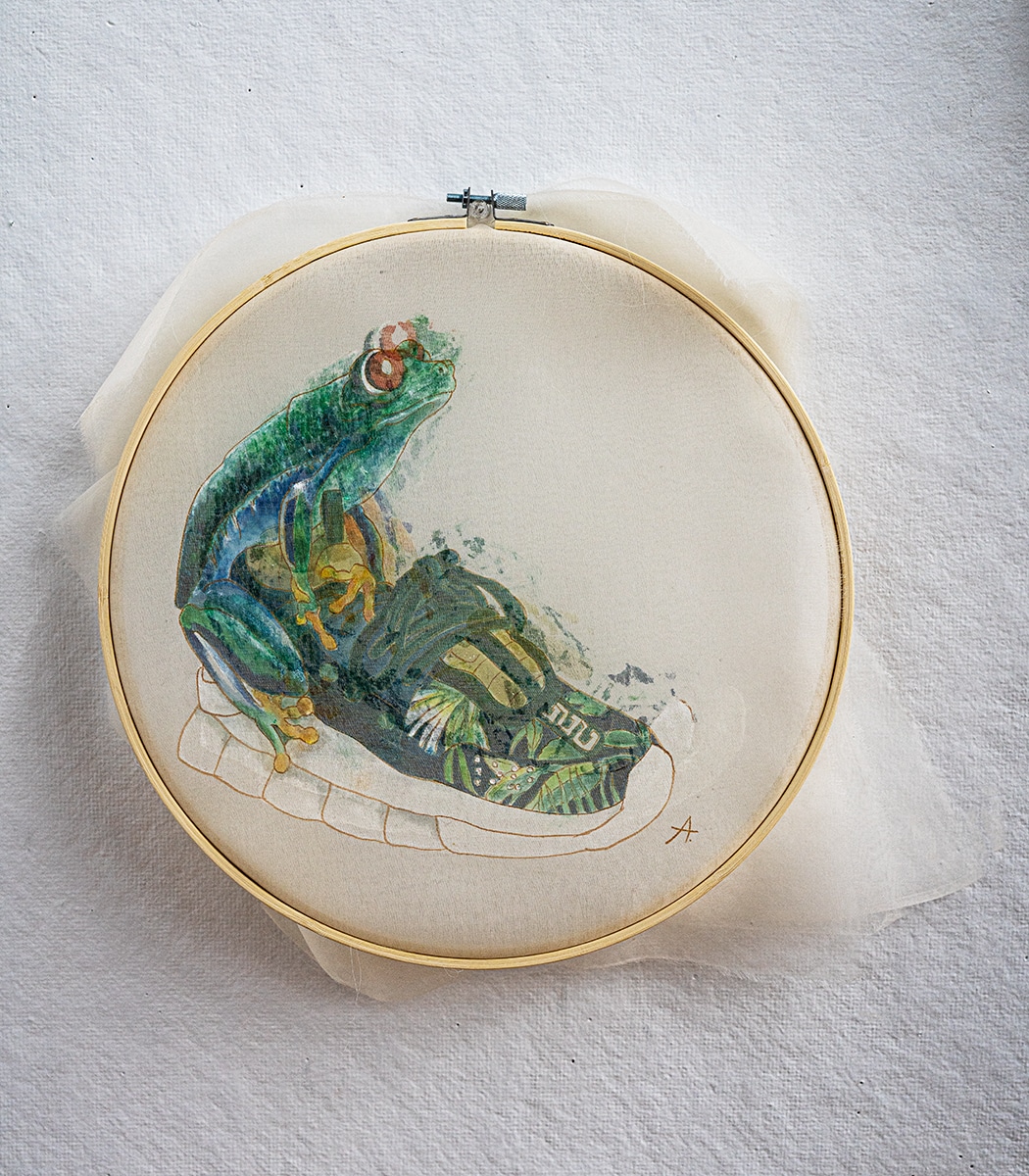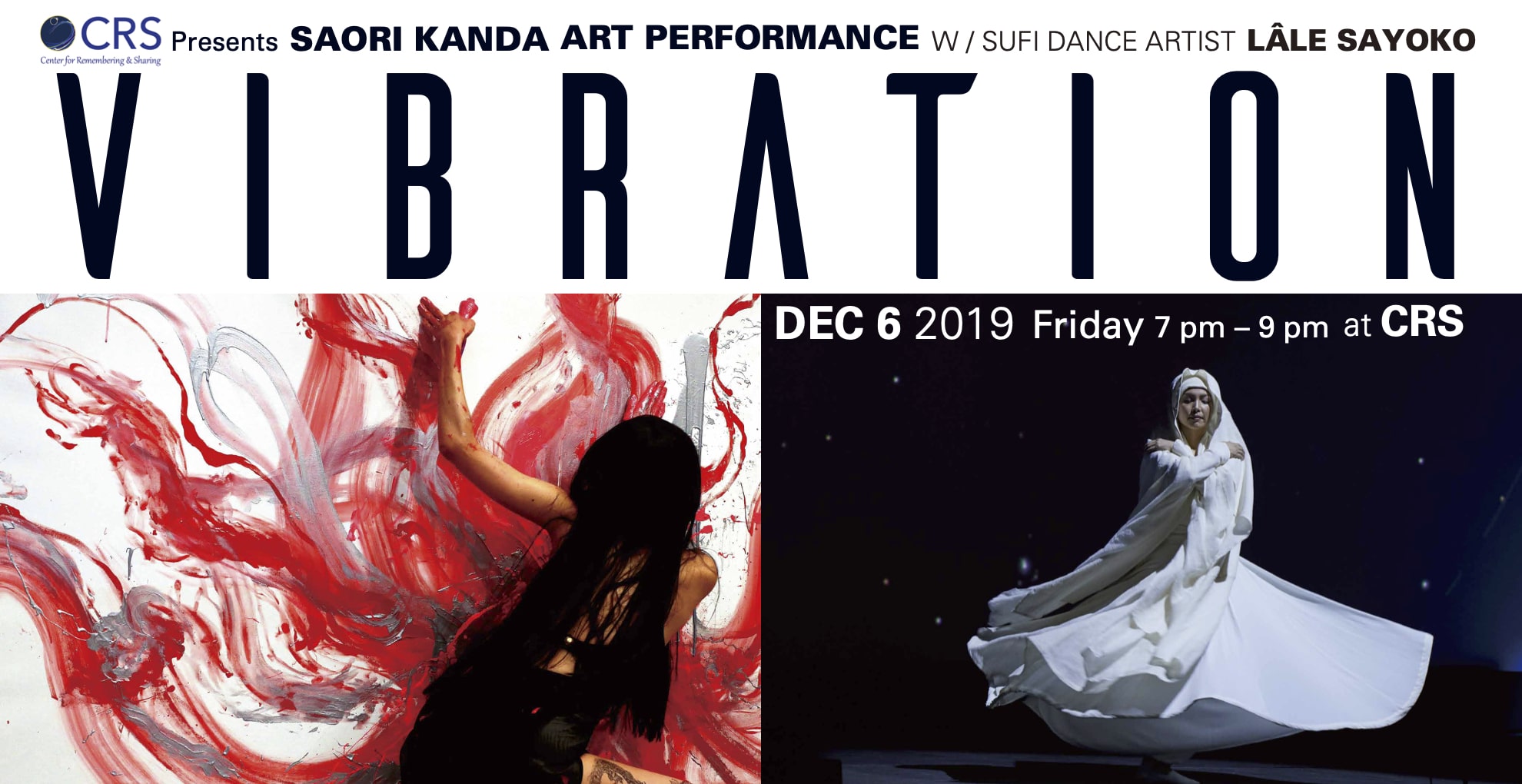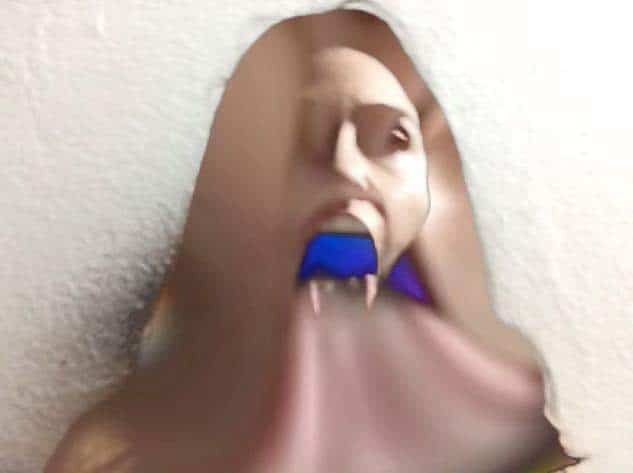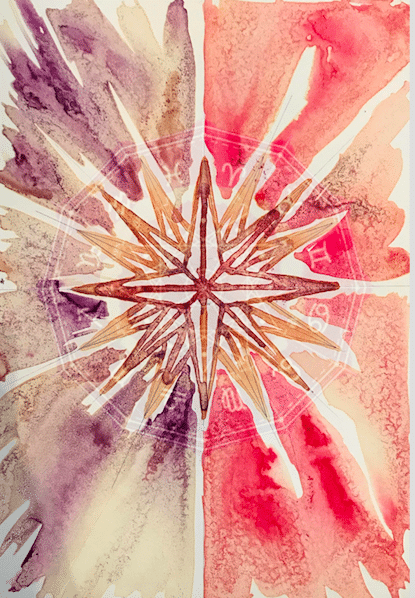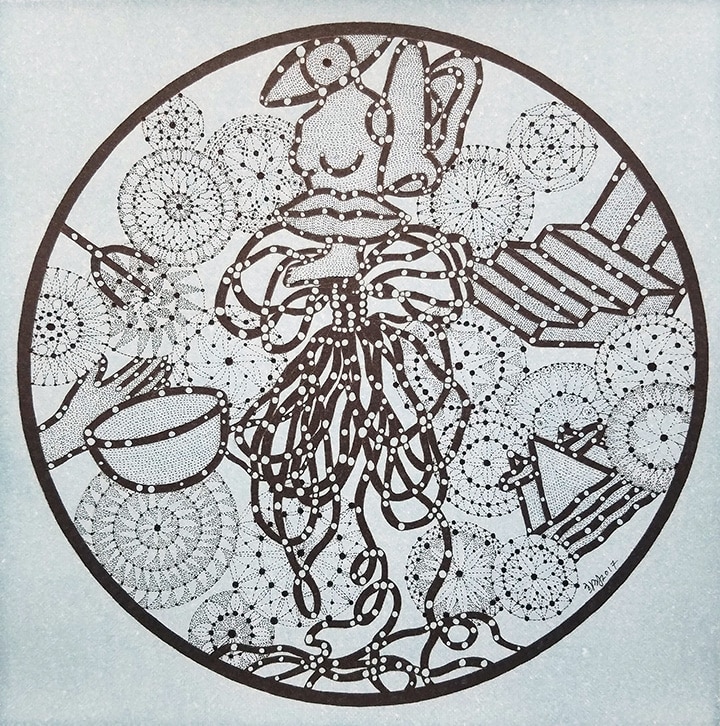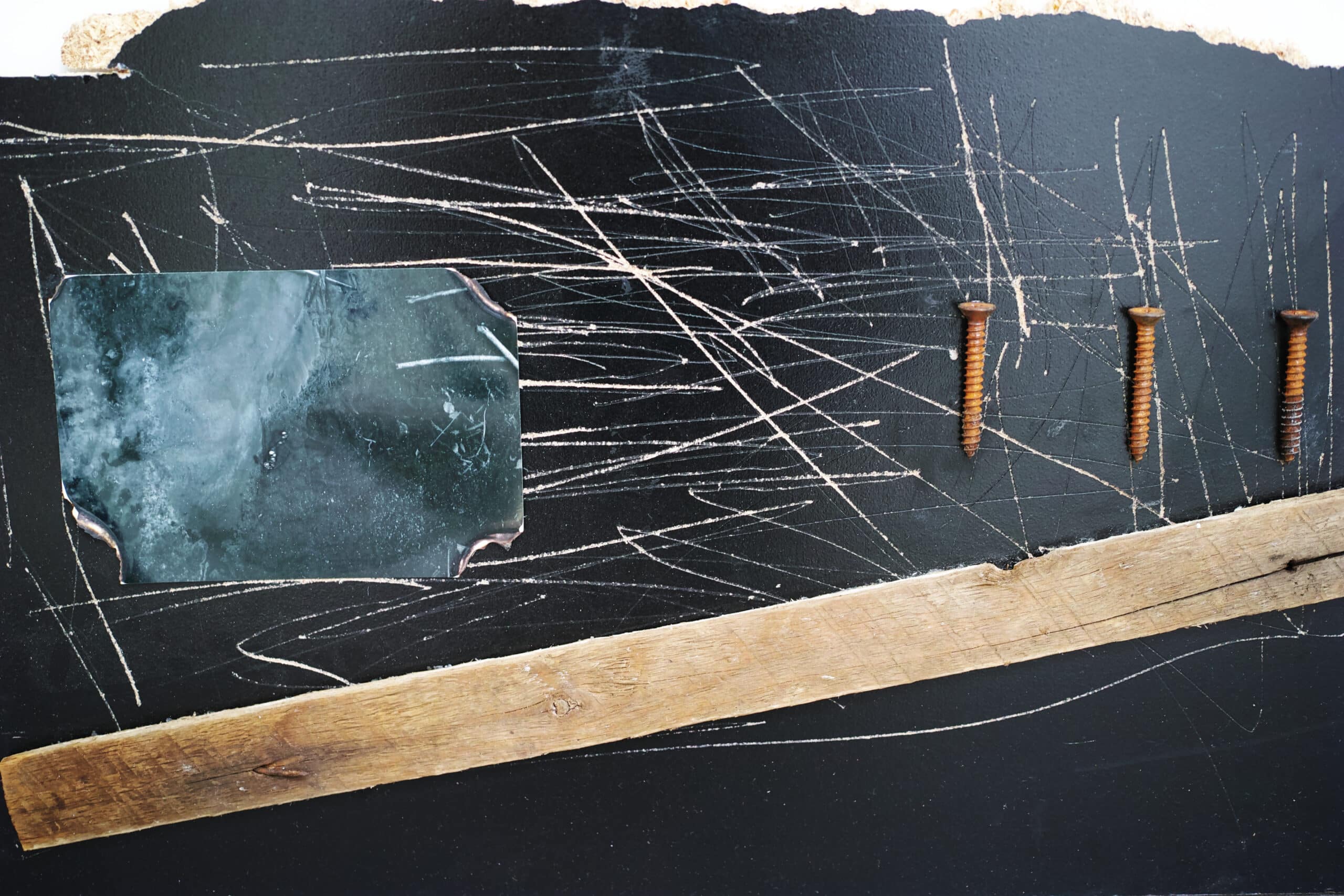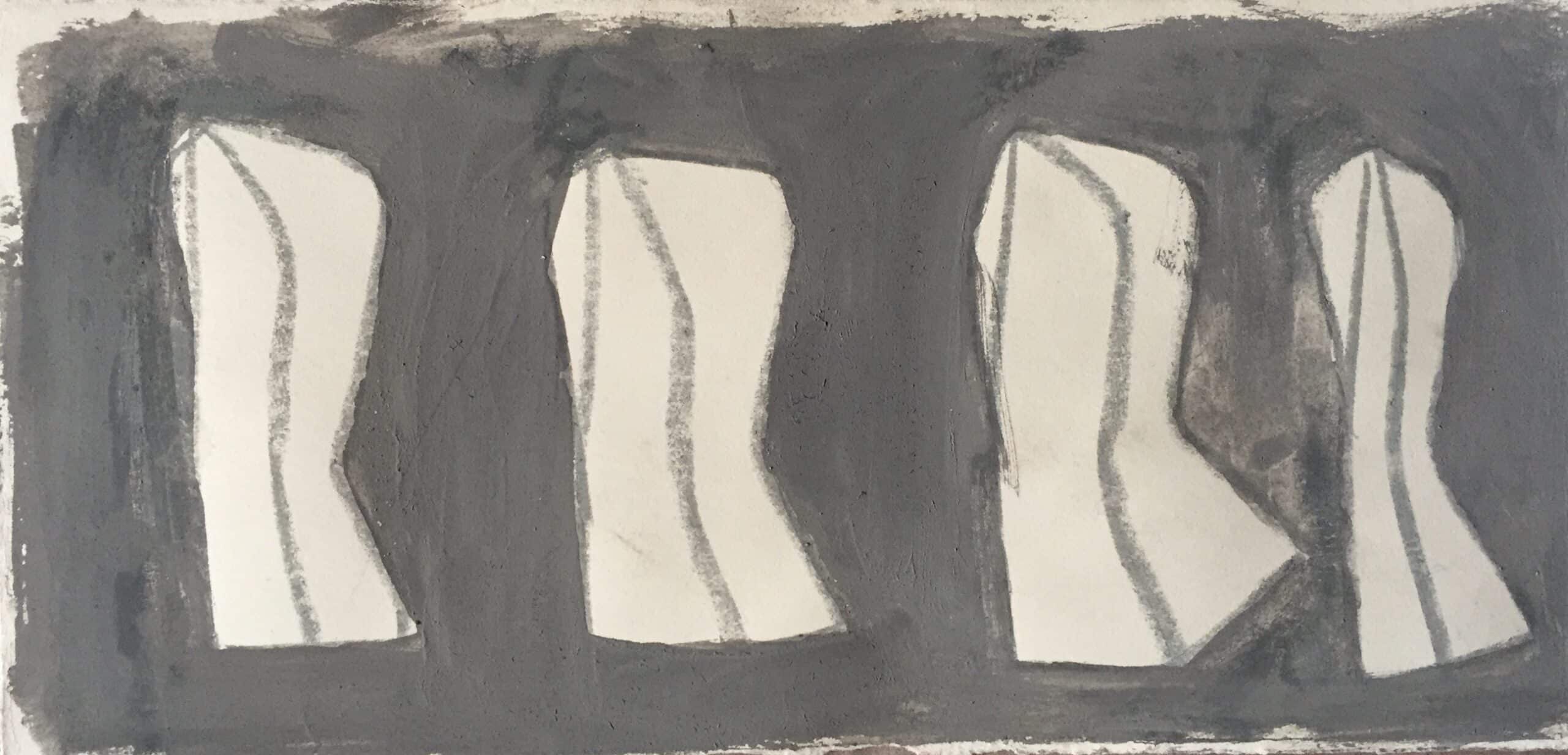About the CRS Gallery
Since opening in 2004, CRS (Center for Remembering & Sharing) has presented paintings, photography, fiber arts, and, on occasion, ceramics and diminutive sculpture by dozens of artists.
Most work we select for exhibition addresses themes of miracles & spirituality, nature, women’s/human rights, parenting, or the creative process. Many of the artists we select are already participants in our global spiritual/creative community, including artists who have never exhibited anywhere before as well as with artists who have gallery representation and have been collected by museums.
Past exhibitions have included works from the Hiroshima Peace Memorial Museum and by painters Lex Braes (Felix Ringel Galerie, Düesseldorf, Germany) and Eric Holzman (NEA & Guggenheim grantee), photographers Satomi Shirai (Tokyo Metropolitan Museum of Photography permanent collection) and Annie Ling (The National Museum of Iceland permanent collection), and mixed-media artists Chris de Boschnek (C24 Gallery, NYC) and Keiko Nelson (Epcot Center, Fine Arts Museum of San Francisco), among many others.
CRS does not attempt to sell art work on exhibit; however, exhibited artists are free to sell directly to patrons. For shows organized by us, we ask that the artist donate 30% of sales proceeds to CRS.
If you are interested in applying to have your work exhibited at CRS, please read through the Gallery Application Instructions here.
Pictured: installation in the former CRS lobby by Clouds AO and live calligraphy by Setsuhi Shiraishi.
Christopher Pelham — CRS Director
Etsuko Sakamoto — CRS Assistant Director
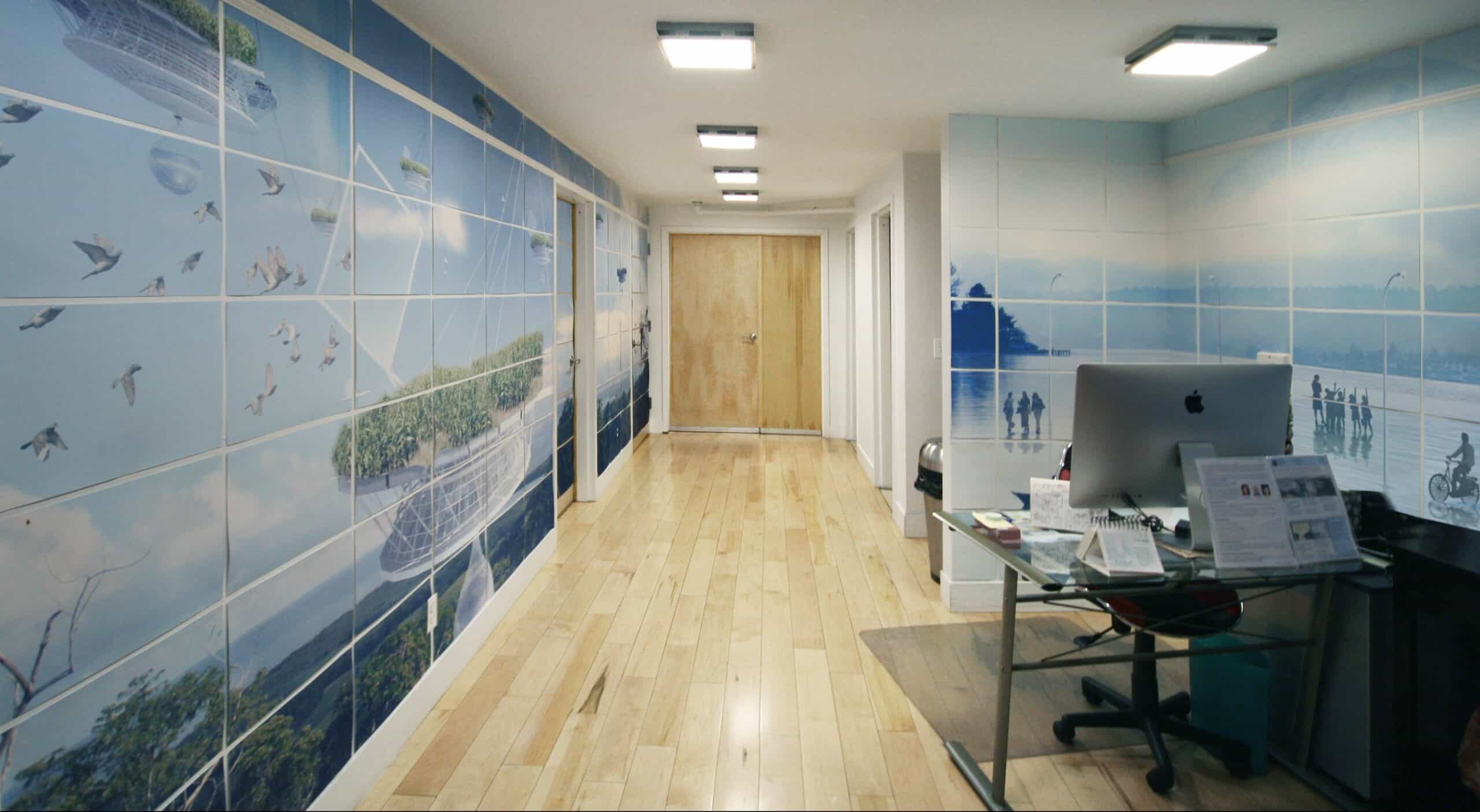
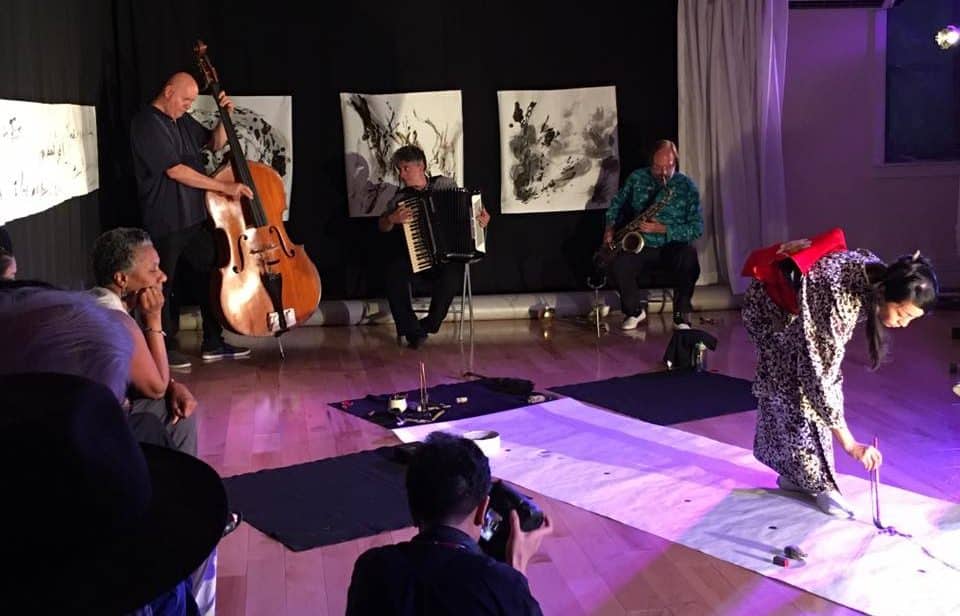
How to Write an Artist Statement
There are many online guides to writing artist statements. We consider the essentials of the artist statement to be:
- An explanation of the materials and media – What tools do you use? Why these and not others? Be as specific as you can.
- An explanation of the subject matter and concepts explored – What are you communicating? Again, be specific – What sets your work apart from other work?
- How these two aspects reinforce or contradict one another – What does your work DO?
- A short and specific personal narrative – no longer than 2 sentences
- Historical context – explaining one or two influences on the work and placing it into an art historical continuum
- NOTHING ELSE – save your feelings for your diary
Avoid vague or general statements that could be true for many other artists as well. Avoid personal details unless they relate specifically to your art or development as an artists.
Here are a couple of good web resources: http://www.artbusiness.com/artstate.html
http://makingamark.blogspot.com/2009/02/marketing-art-how-to-write-artists.html
Past Exhibitions
Artists Exhibited
- Ai Tatebayashi
- Annie Ling
- Ayako Bando
- Ayane Kurai
- Chris de Boschnek
- Chris Fiore
- Clouds AO
- Deanna Lee
- Emi Koda
- Eric Holzman
- Erika Mizukami
- Fred Hatt
- Go Nakamura
- Gustavo Curi
- Hans Gullickson
- Hiroki Otsuka
- Hiromi Suzuki
- Hugh Burckhardt
- Janet Morgan
- Junko Yamada
- Katherine Abegg
- Kazoo
- Keiko Nelson
- Keiko Takeko
- Kimi-Tea Tsukada
- Kotomi Hada
- Kyoko Takei
- Lex Braes
- Lilikette Eckenrode
- Marianne Gunther
- Marvin Rosenberg
- Meeke Mutter
- Miho Takai
- Miyu Asakawa
- Nobu
- Philippe Halaburda
- Rie Nishimura
- Satomi Shirai
- Shisui
- Teo Yamamoto
- Tomoko Abe
- Tomoko Iki
- Wada Africa
- Yasuka Matsumoto
- Yoko Kiuchi
- Yoshihiro Youkee Nishida
- Yuki Hoshi
- yukko*
- Yuko Kasahara
- Yumiko Matsui


